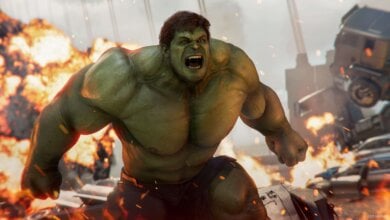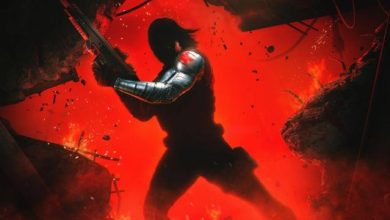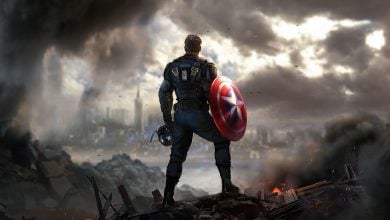Story Highlights
- Favoring graphics over art style often results in over-detailed, lifeless, and buggy visuals.
- Marvel’s Avengers recreates all these problems, from repetitive world design to generic models.
- On the other hand, Marvel Rivals’ brighter take on the superhero IP is an example to follow.
One of the biggest debates among the gaming community in recent years has been over graphical preference. While some favor hyperrealistic visuals, others gravitate toward stylized art that prioritizes personality. For the longest time, we’ve never had a true point of reference to compare the two techniques — until now. Enter Marvel Rivals, a title that visually blows its realism-opting predecessor IP, Marvel’s Avengers, out of the park.
If you want a mousepad or wallpaper for a game, there’s a good chance you’re going for it because the art has a certain vibe. Rivals proves that notion by going a step further and reinvigorating a brand that was almost starting to feel corporatized. The vibrance, shading, and details are so immersive that you can make personalized furniture out of it, like a TV stand with storage, and never look back.
Hyperrealistic Visuals In Gaming — It’ll Either Work Or Bomb Spectacturally
There’s no denying that going after high-quality graphics can pay off when executed with the right level of care. Red Dead Redemption 2 is a prime example of this phenomenon, hailed as one of the most visually astonishing titles in the space despite being almost seven years old at this point.
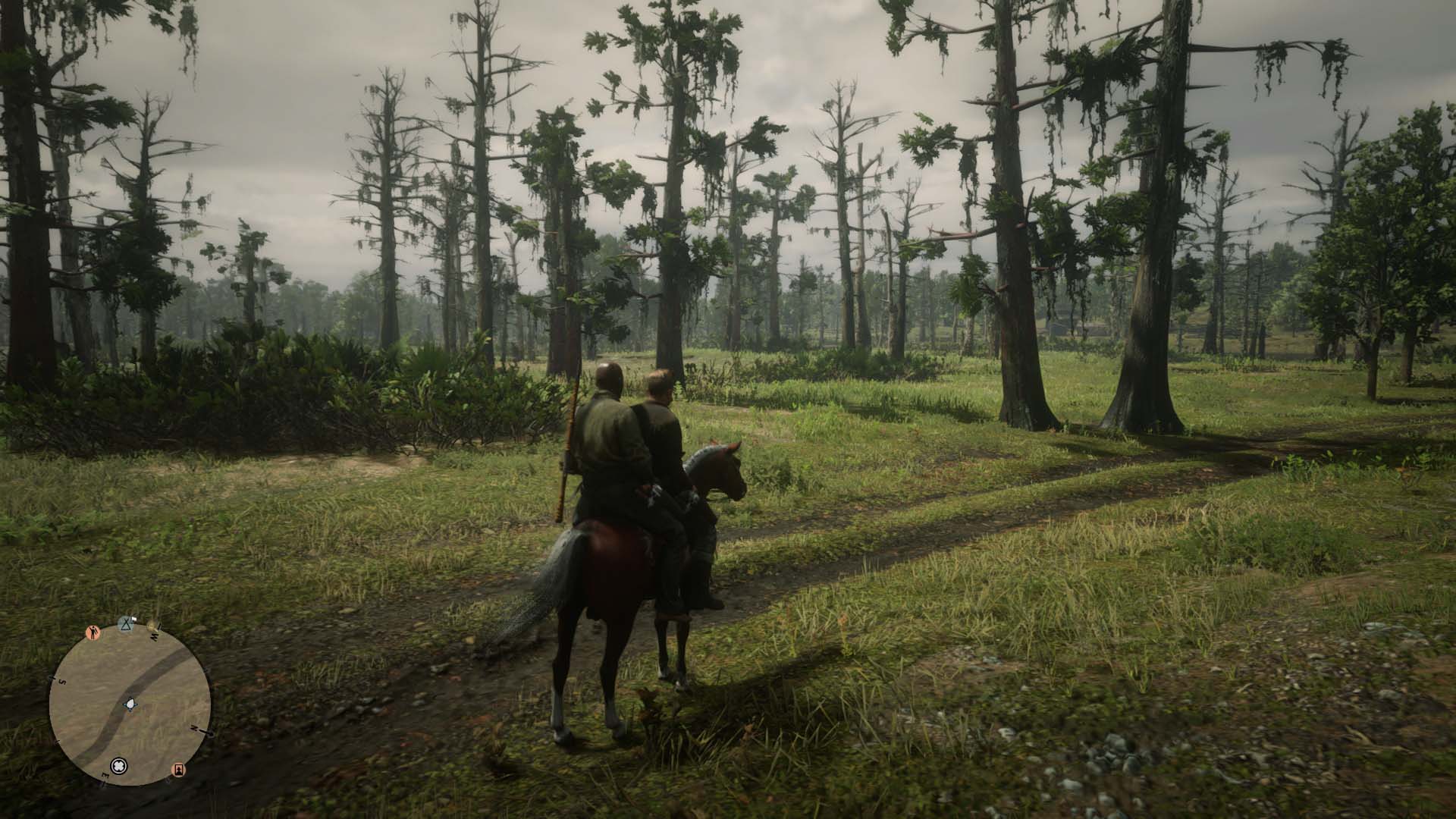
However, going for this approach means you need a good chunk of the budget, and not every studio has the same resources Rockstar had at their disposal when crafting RDR2. In fact, pursuing hyperrealism can easily lead to a game that’s riddled with bugs, unfinished, or so expensive that it puts the entire studio at risk.
There’s also the “timeless” factor you need to consider. Hyperrealism tends to tie itself to the technology of its era, and as you know, technology ages, and so does media that relies on it to sell copies. The Witcher 3, for instance, looked fantastic when it first came out, but when you look at it now, the first thing you’ll probably say is “dated.”
This isn’t the case with stylized visuals — these art styles rely on the artist’s creativity, talent, and dedication, which age like fine wine if translated properly. You can still boot up retro titles like Banjo-Kazooie and XIII and see the dev team’s passion behind designing every aspect from head to toe.
Marvel’s Avengers Makes An Example Out Of Lifeless Graphics
It’s one thing that a game’s graphics are so abysmal to the point they’re funny — yes, Mass Effect Andromeda, I’m looking at you — but Marvel’s Avengers was just stale and boring. Despite having a large budget with a reputable IP, the game looked so generic that you could tell it had no vision behind it.
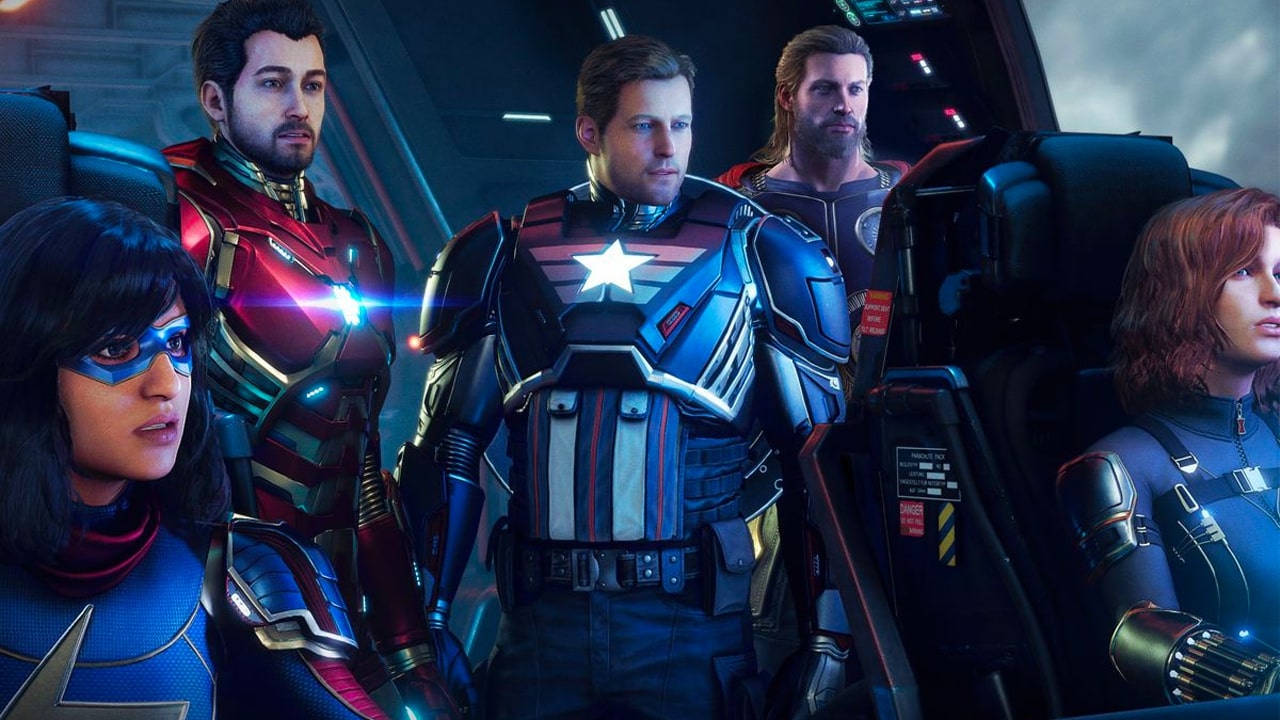
From a broader perspective, Marvel’s Avengers looked nice, especially if you saw it for the first time. However, it highlighted a key issue with focusing on hyperrealism: repetitiveness. I could barely distinguish one environment from the other, and every subsequent level and objective started getting stale purely because I felt like I was always in the same area.
The game showed there’s only so much you can do with this style of visuals. You can add finer details and make the environments sharper, but the sheer lack of surprise means you must be extraordinary in other gameplay aspects to keep the player’s attention. Even now, the main artistic differences between AAA titles within the last few years are the trees having more leaves and the sun being more sunny.
Marvel Rivals Cements The Art Direction For Passionate Studios
What makes Marvel Rivals such a key point in the realism vs. stylized argument is how you can directly compare it to Marvel’s Avengers; they both belong to the same IP, feature most of the same characters, and have a similar catalog of weapons.
Marvel Rivals Vs Marvel’s Avengers cosmetic comparison
byu/Captain_JiinSage inmarvelrivals
Yet, you can notice a night-and-day difference when you compare the graphics. Sure, you can argue that Avengers was targeting a different art niche, but you still can’t look at these models and say they look anything above mediocre. The community describes them better than I ever could — lifeless, boring, parody-like, and timeworn.
Marvel Rivals takes things up a notch, introducing unique and vibrant character models, cel shading, and landscapes that lend you some insight into how the art style characterizes every hero and map. It still uses high-end technology, and you can definitely feel its toll when you run it on a PC, but the overall result has so much finesse and care that the hardware requirements are worth it.
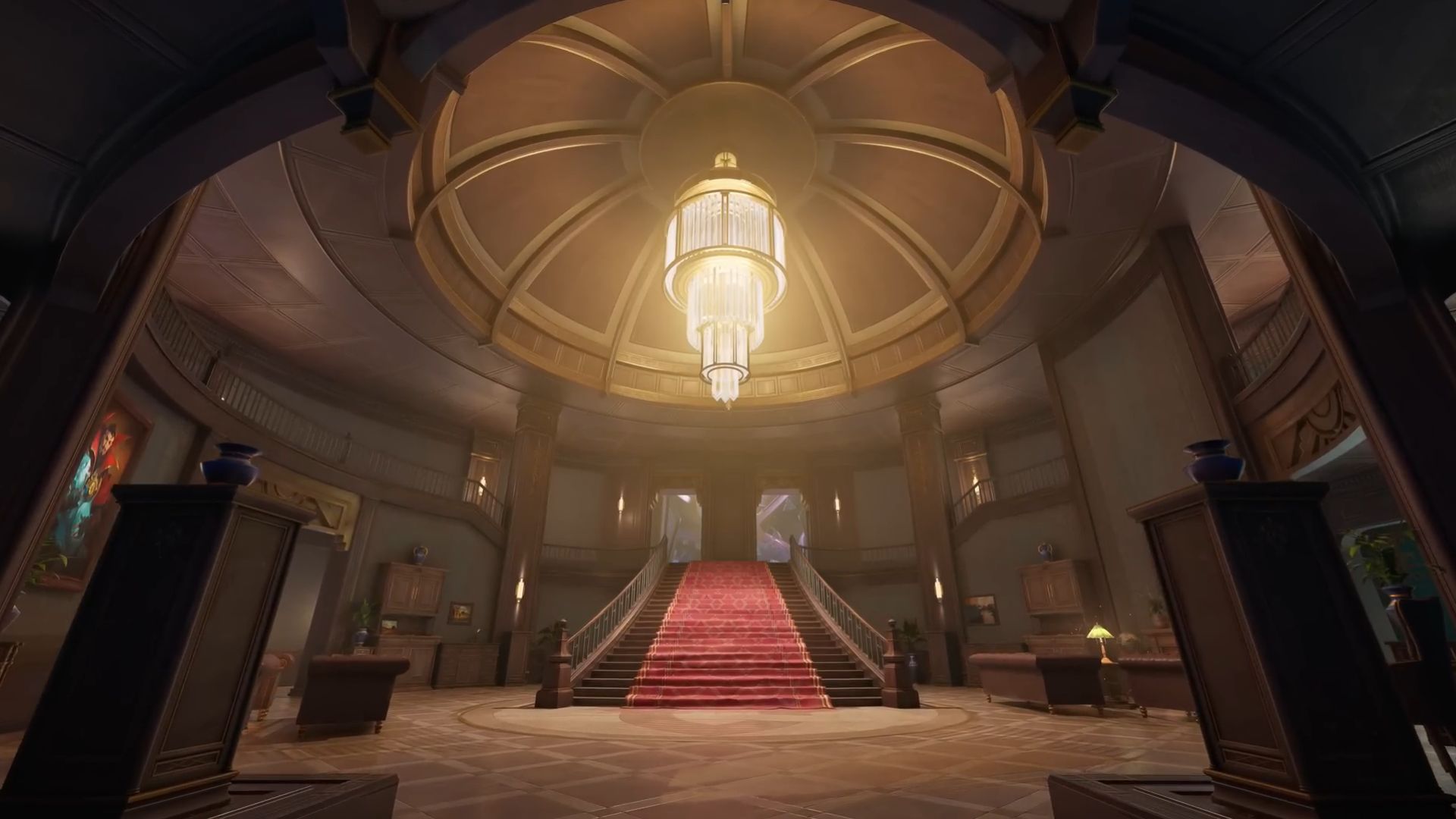
The stylized art also offers a chance for the player to peer into the artist’s imagination, specifically how they perceive the world and character design. Even in Rivals, you have staple heroes like Hawkeye with a brand-new look, despite them being featured in comics for decades. The liberties you get to avail yourself inspire interest, and the more creative your designs are, the more praise you’ll get as motivation.
Conclusion
Stylized art over hyperrealism has been a mixed bag over the years, with both sides indeed having their winners and failures. However, it’s a common complaint that technology is reaching a point where everything looks the same, from phones to digital media. And Marvel Rivals brings the essence that Marvel’s Avengers, its predecessor in the flesh, was missing for so long.
Compare the game’s looks to something like Marvel’s Avengers, a game that tried realism-driven graphics yet looked incredibly underwhelming, and you can start connecting the dots to a growing trend.
Thanks! Do share your feedback with us. ⚡
How can we make this post better? Your help would be appreciated. ✍
